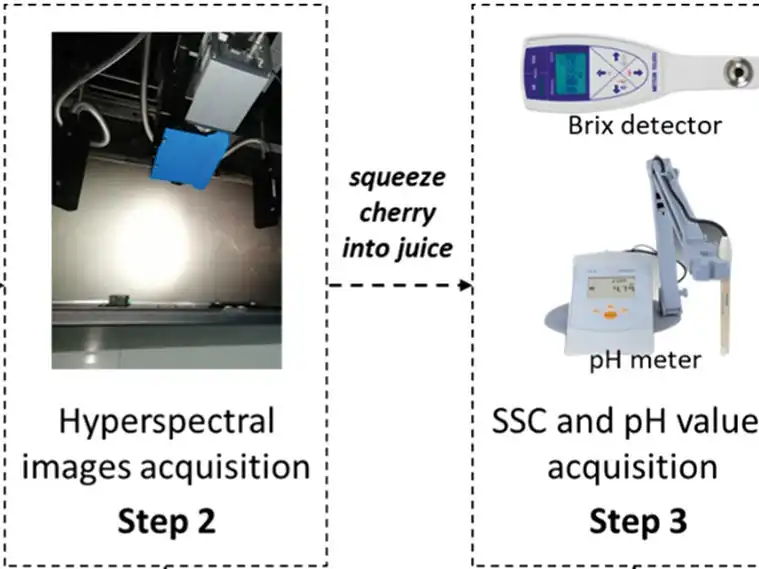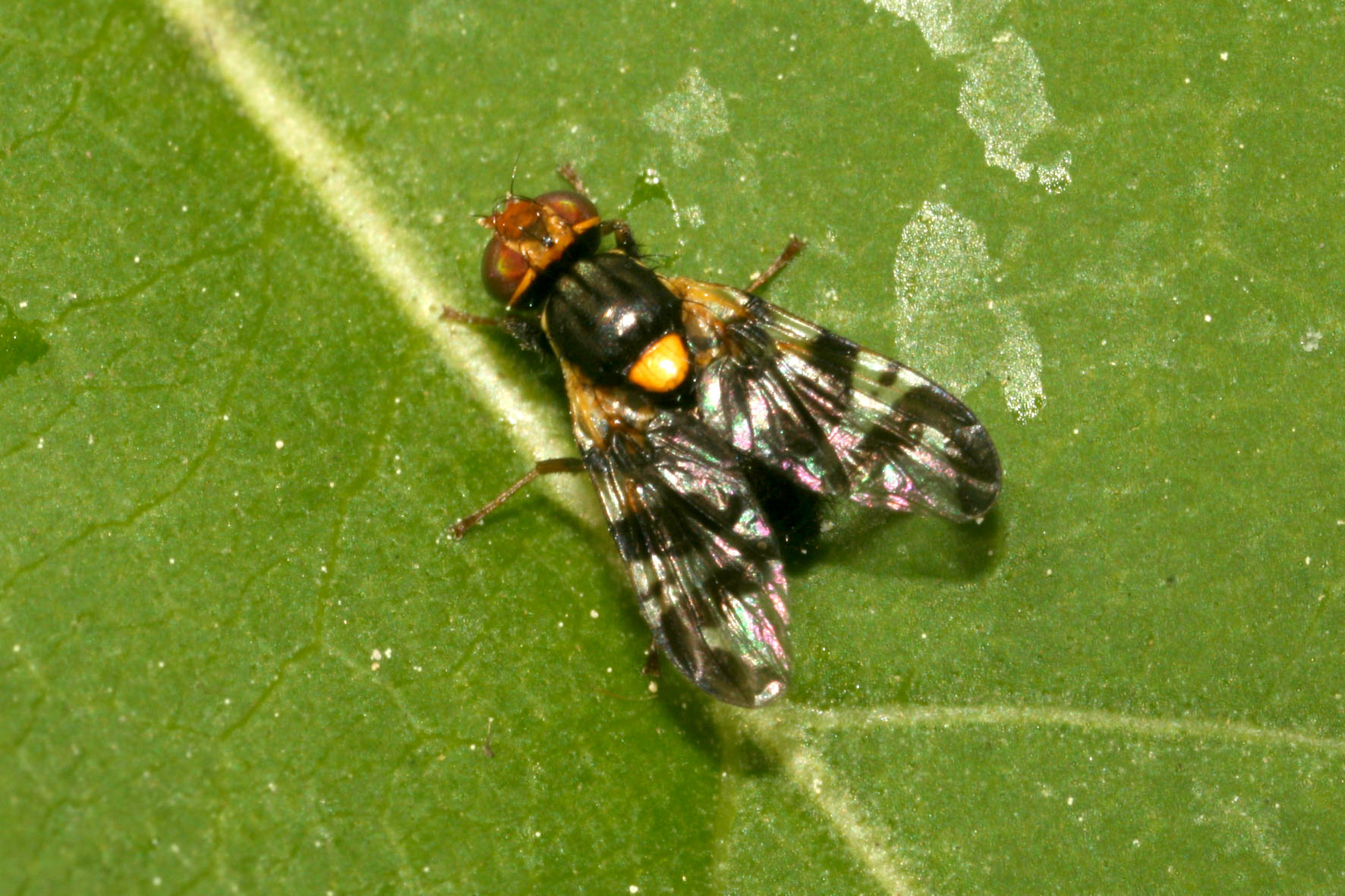Since sweet cherry fruit has a shelf life of seven to ten days, a common alternative to fresh consumption is its employment in the production of a wide range of food items (including jams, juices, jelly fruits, and alcoholic beverages). However, a substantial quantity of processed material yields an extensive assortment of byproducts
For example, cherry seeds are frequently discarded without further utilisation. At the same time, research is focusing on the utilisation of plant essential oils as edible and safe compounds to advance their therapeutic applications for the treatment of infectious diseases.
Combining the bioactive components and essential fatty acids contained in cherry seeds with the benefits of recycling by-products, a positive repercussion in both economic and environmental terms is desirable. Oil comprises more than 80% unsaturated fatty acids, primarily oleic and linoleic acid, and represents 25-30% of the dry weight of cherry kernels.
Consequently, the objective of the preliminary study conducted at the Uka Tarsadia University in India, was to examine the physicochemical composition, nutritive properties, and volatile profile of sweet cherry kernel oil that could potentially be utilised therapeutically.
Thanks to the extraction method used, researchers were able to yield 14% of oil from the seeds. The kernel oil was found to contain 45.4 mg/ml of ascorbic acid, 57.2 mg/ml of tocopherol, and 57.8 mg/ml of proteins. Against UV-B rays, the sun protection factor of oil was determined to be 23.50. Sweet cherry seed oil contained the following essential fatty acids: oleic acid (21%), palmitic acid (6.2%), linoleic acid (5.6%), and stearic acid (4.3%).
Thanks to further analysis with gas chromatography and mass spectroscopy volatile organic compounds such as alcohols, carboxylic acids, alkanes, and alkenes were found to have the highest concentrations. The compounds with the highest abundances were squalene (26.71%), oleic acid (6.64%), and linoleic acid (4.32%).
The current investigation demonstrated that oil extracted from cherry seeds, which is typically discarded, is rich in tocopherol, vitamin C, and numerous secondary metabolites. Additionally, the oil contains essential fatty acids, rendering it suitable for utilisation in both the food industry and therapeutic applications.
Carboxylic acid is the predominant volatile compound group identified in oil, with oleic and linoleic acids being the most abundant. Additionally, the examined oil comprises alpha-kaurene, a diterpene with a wide range of therapeutic applications, recognised for its anti-inflammatory and antimicrobial characteristics. The active ingredient found in cherry oil has potential applications in both the cosmetic, pharmaceutic and food industries
However, additional research is required to investigate its therapeutic applications and examine its various properties.
Source: GIFTSON SENAPATHY, Neha Shukla. Extraction, physicochemical, nutritive properties and fatty acid profile of sweet cherry kernel oil. Authorea. November 09, 2023. 10.22541/au.169957095.57007210/v1.
Melissa Venturi
University of Bologna (IT)
Cherry Times - All rights reserved










